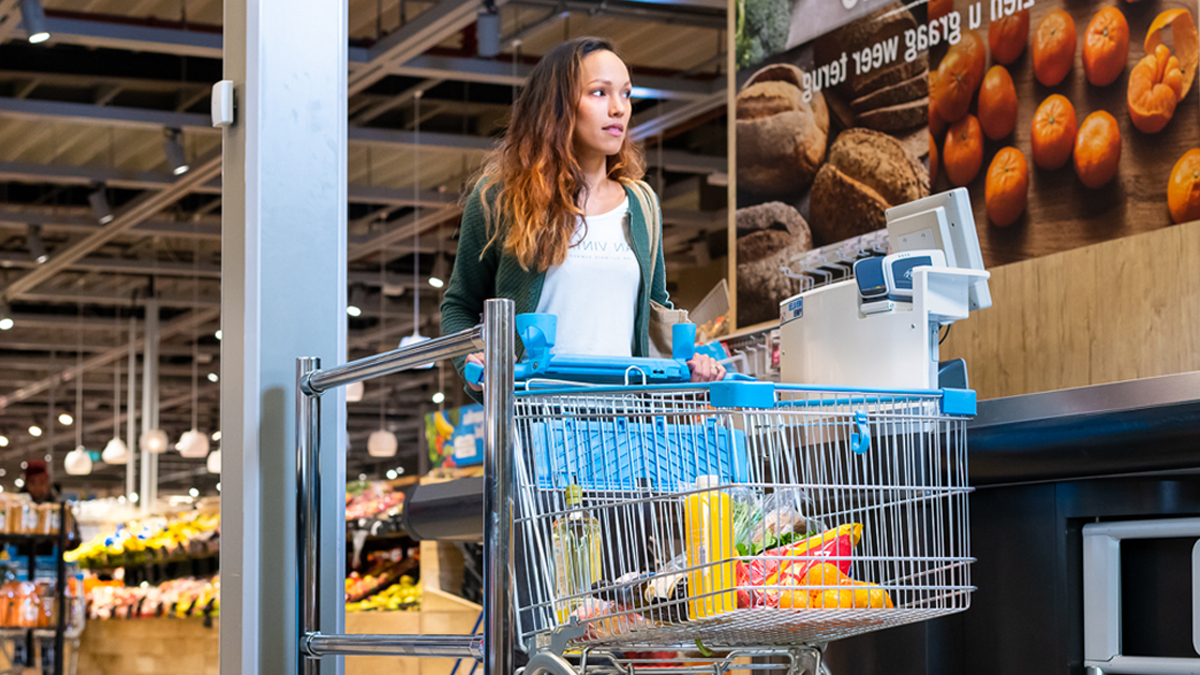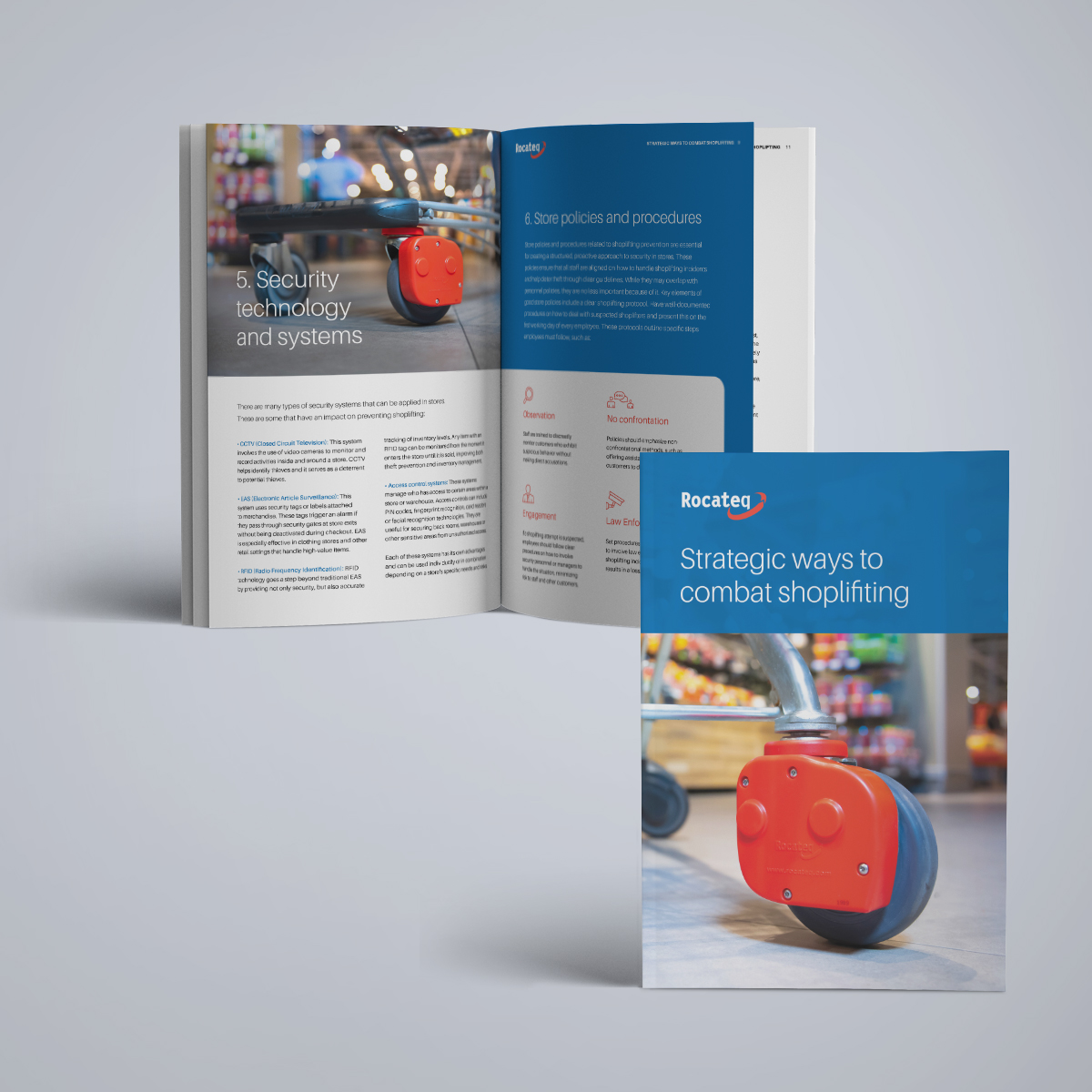The Hoover Institution recently published a striking article online. It states that the state of California is actually giving shoplifters an open invitation to store for free. How so? By law, theft of goods worth $950 or less is only a misdemeanor. That means police often do not bother to take action, and if there is an investigation at all, prosecutors usually drop the case.
Many employees are afraid to intervene because they don’t want to take the risk. Previously, an attempt to stop shoplifters even cost a Rite Aid employee his life. Moreover, an in-store confrontation poses risks not only to staff but also to customers. Therefore, employees are almost certainly instructed by their supervisors not to intervene, according to the Hoover Institution article.
In an article published by the San Diego Union-Tribune on Dec. 12, 2021, when asked whether California needs stricter laws against shoplifting, most experts answer YES. According to the National Association for Shoplifting Prevention in Melville, NY, shoplifting results in a loss of about $50 billion a year to the U.S. retail industry.
Everyone understands that the cost of shoplifting is factored into the prices of items. So we all contribute to this form of crime. Unfortunately, shoplifting is not just a problem in California. Shoplifting occurs in every country and in every state or province.
Of course, most supermarkets today are equipped with detection gates and many expensive products have security stickers, yet shoplifting is occurring in more and more supermarkets. And this is not about a single item disappearing in a pocket or bag, but shoplifting where shopping carts are loaded with valuable products without paying for them.
How easy is it to load up a shopping cart and leave the supermarket without paying for it? Very easy if the customer knows that the staff has been instructed not to intervene in shoplifting.
Shoplifting is of all times. In recent years, shoplifting in supermarkets has increased dramatically. Groceries are becoming more expensive and many shoplifting incidents are committed on a whim. Barbera Staib of the National Shoplifting Association says that 70% of shoplifts are not planned in advance, but the idea to steal arises while shopping in the supermarket. The NASP provides the shocking facts about shoplifting on its website.
➔ The frequency and magnitude of shoplifting results in nearly $50 billion in retail crime annually.
➔ Approximately 1 in 11 Americans shoplift.
➔ 550,000 shoplifting Incidents per day.
➔ Stores lose more than $45 million a day to shoplifting; communities lose the corresponding tax revenue.
➔ Shoplifters say they are caught, on average, just once in every 49 times they steal.
➔ Chronic offenders say they are arrested once in every 100 times they steal.
➔ 79% of criminal justice professionals surveyed state that shoplifting is a gateway to more costly and violent crime.
➔ Each time an offender enters the criminal justice system, the cost to taxpayers is upwards of $2,000.
Clearly, most of the products stolen in supermarkets are expensive products. Among shoplifters, meat, baby food, cheese, energy drinks and alcohol are especially popular to steal.
According to Dr. Read Hayes of the Loss Prevention Research Council, greed is often the reason for the theft. Shoplifters also often justify their theft with arguments such as, “life is already so expensive,” “I worked hard enough to reward myself,” or “it’s a big company, they already earn so much and don’t notice this small theft.”
The Toronto Star of Feb. 8, 2022, quotes a report from Canada’s Food Price Report of December 2021. According to this report, a growing phenomenon associated with increasing food insecurity due to high inflation is theft from grocery stores, which is expected to increase in 2022. “Grocers anecdotally report an increase in theft, particularly of items such as meat, cheese, over-the-counter medications and energy drinks. Unreported losses from theft can reach $3,000 to $4,000 per week in some Canadian grocery stores.”
A major study by the University of Leicester in 2015 found that self-scan checkouts and self-scanners caused a doubling of shoplifting. Have you ever paid at a self-scan checkout and realized how easy shoplifting can be?
A British Web site dedicated to money-saving strategies, www.watchmywallet.co.uk surveyed some 5,000 people and found that nearly one-third of shoppers have stolen at supermarket self-scan checkouts.
The University of Leicester study also found that in many supermarkets shoplifting is not well documented because large losses due to theft are seen as “poor store management.”
When a customer steals something from a store, the store suffers a loss worth the entire purchase price of that item – not just the profit they would make on it. How much sales a store must generate to make up that loss depends on its profit margin.
Take, for example, a supermarket with a profit margin of only 1%. If a $1 product is stolen there, the store must sell $100 worth of other products to make up for that loss.
Therefore, the cost of shoplifting is often already factored into retail prices. But if your supermarket or retail chain is able to significantly reduce theft, prices can come down – which in turn creates a competitive advantage.
In our strategic guide, you will discover how to recognize weak spots in your store and what measures you can take immediately.
Download the strategic guide

